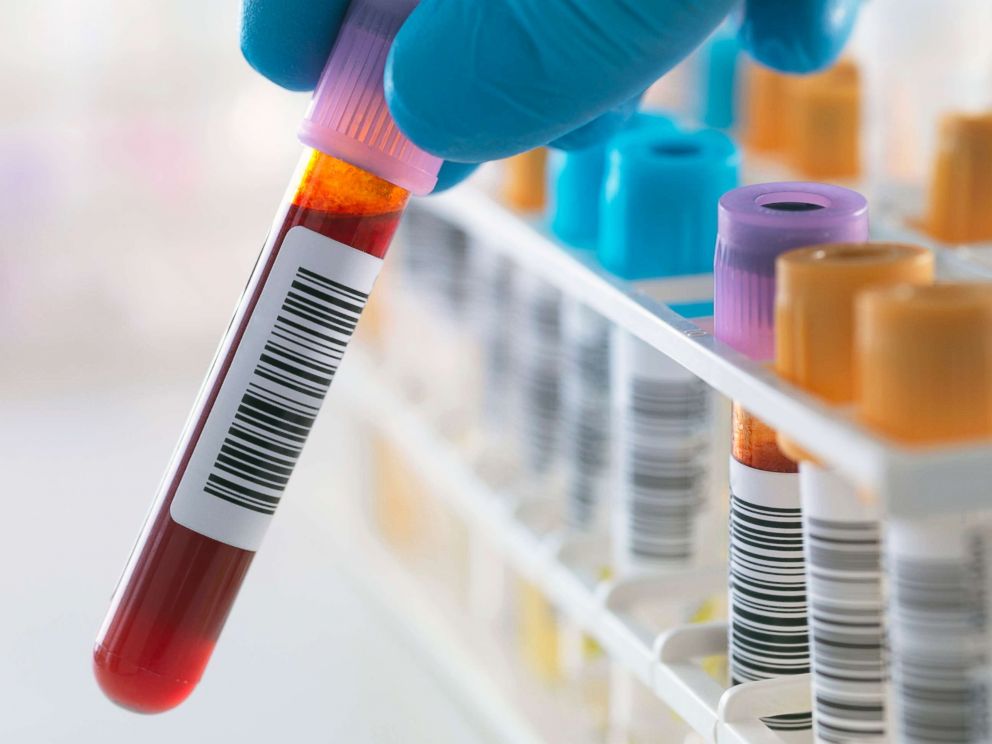Serendipitous HIV Treatment
"[That was] an improbable event [finding a stem cell transplant donor with a gene mutation conferring natural resistance to HIV]."
"That's why this has not been observed more frequently [the type of measure taken to address patients with HIV in a search for a cure]."
"There is no virus there that we can measure [with Dr. Gupta's London patient]. We can't detect anything."
"[My London patient is] functionally cured [and] in remission, [but] it's too early to say he's cured."
"This was really his last chance of survival. It’s been a long journey. He’s been very sick for a long time. Obviously the idea of cure and remission has created a certain level of anxiety and hope mixed in with each other."
"We’ve been talking about this for a few years now. It’s been a difficult journey to offer someone this hope and then say we don’t know it’s going to work. So even stopping his HIV treatment – he had to really think about it and it took him a while to finally do it. It’s difficult because you’ve got to put your faith in what doctors are saying to you."
Dr. Ravindra Gupta, professor and HIV biologist, University College London
"Although this is not a viable large-scale strategy for a cure, it does represent a critical moment." "The hope is that this will eventually lead to a safe, cost-effective and easy strategy ... using gene technology or antibody techniques."
Anton Pozniak, president, International AIDS Society
 |
| Timothy Ray Brown, pictured Monday in Seattle, was the first person thought to have been cured of HIV infection, more than a decade ago. Now researchers are reporting a second patient has lived 18 months without any sign of the virus following a stem-cell transplant. (Manuel Valdes/Associated Press) |
In a first, two men have now been freed from any detectable signs of HIV, after ground-breaking medical treatment. One, a man in Germany, known as the 'German patient', and identified as Timothy Ray Brown, and another man not yet identified, known as the 'London patient'. Timothy Ray Brown, an American, had been treated in Germany, and now is 12 years post-transplant, remaining free of HIV. Up to the present time, he was the only individual thought to have been successfully cured of the HIV virus, the precursor to AIDS.
Now a second man's transplant "shows the cure of Timothy Brown was not a fluke and can be recreated", observed Dr. Keith Jerome of Fred Hutchinson Cancer Research Center in Seattle, Washington. There is hope that on the basis of what has been observed and learned with this latest transplant, scientists may come up with a less complex approach to be more widely useful. Quite simply, not everyone with HIV could be treated with a complicated and dangerous transplant.
This second case, where the intensive procedure of a stem cell transplant succeeded in freeing the 'London patient' from HIV, was published by the journal Nature online. The case is set to be presented in Seattle, at an HIV conference. Diagnosed with HIV in 2003, the man in question started on drugs to control the infection in 2012. Coincidentally he developed Hodgkin lymphoma the same year and this led him to agree to undergoing a stem cell transplant to treat the cancer.
The doctors treating this man felt their London patient might benefit from a 'bonus' beyond the treatment geared toward the cancer eradication, and were hoping that possibly the transplant might also result in a cure of his HIV condition. The search began for the 'right kind' of donor. And this is where fortune stepped in, when a donor was discovered with a gene mutation conferring natural resistance to HIV.
"The limitations of bone marrow transplants for [a] cure are that there is significant toxicity from the procedure, which include adverse effects from the chemotherapy that must obliterate the person’s existing immune system."It is known that about one percent of people descended from northern European backgrounds inherit the mutation from both parents, making them immune to most HIV infections. And this double copy of the mutation was precisely what this donor possessed. The London patient's transplant has altered his immune system, now possessing the donor's mutation, making him essentially HIV-resistant.
Dr. Joseph P. McGowan, medical director, Northwell Health HIV Service Line Program, Manhasset, NY
 |
| Stock photograph, Getty Images |
After undergoing the procedure, the man with his double dose of HIV and cancer had to decide to stop taking the HIV drugs. When that happens, invariably the virus speedily returns, generally within two to three weeks' time. But not this time. And now, after a year and a half without his daily dose of drugs to stave off HIV, no trace of the virus returning has appeared.
The process of a stem cell transplant begins with radiation or chemotherapy for the very direct purpose of damaging the body's immune system, to welcome the replacement immune system that the stem cell transplant effects. AIDS also disrupts the natural immune system leaving the sufferer vulnerable to all manner of deadly infection and cancer; in effect the stem cell transplant's need to extinguish the old immune system to make place for the new one creates a similar, albeit transitory effect.
In the case of the earlier German patient, Mr. Brown, his leukemia which had triggered his transplant and eventual cure of his HIV, returned, necessitating that a second stem cell transplant be undertaken, eventually leading to success. The German doctor who had treated Mr. Brown, Dr. Gero Hutter, spoke of the new case as "one piece in the HIV cure puzzle".
Labels: Bioscience, Cure, HIV/AIDS, Research, Transplant, Treatment

0 Comments:
Post a Comment
<< Home